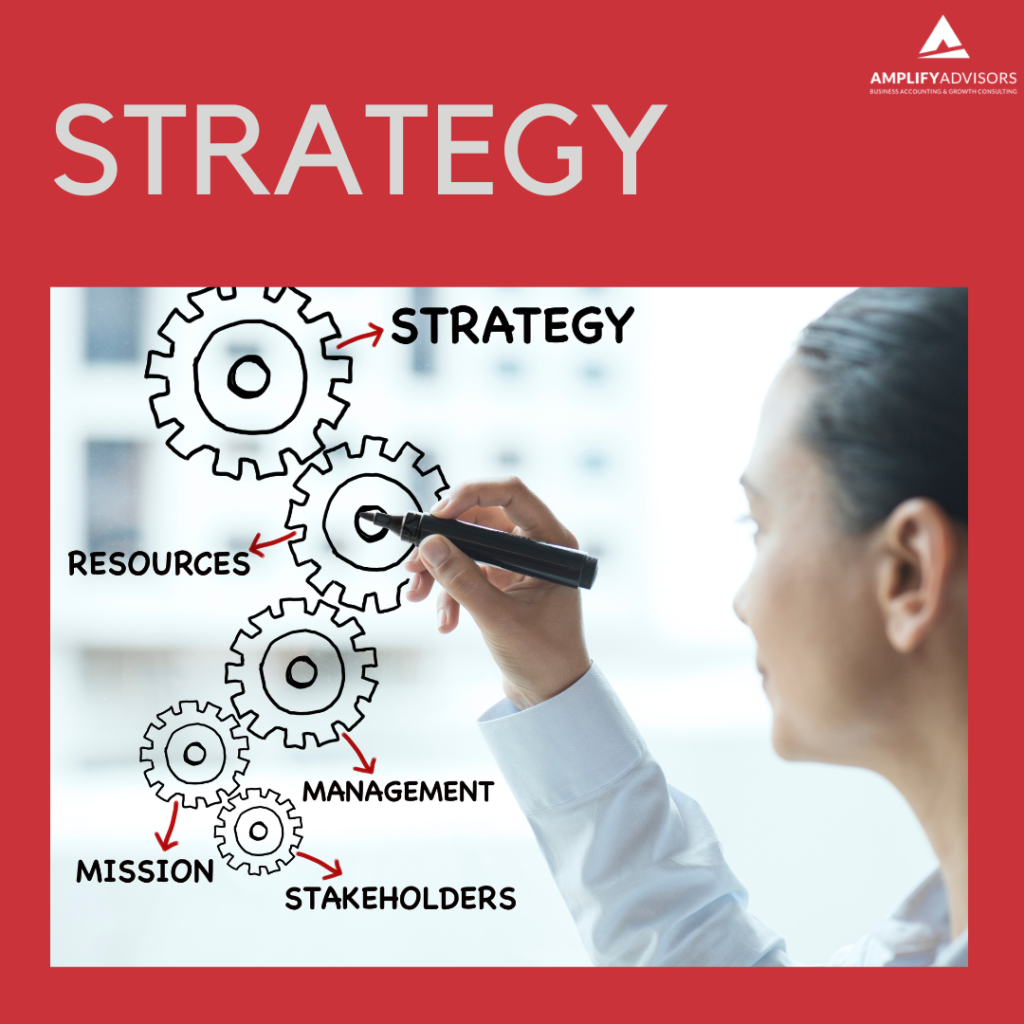Chances are you or your team lack it!
Here’s how you can test that bold claim:
How many employees, or at least managers, have read your latest financials?
Wait – do you have financials? Do you release them to those running your business?
How many employees, or at least sales & managers, understand the gross margin of each project, product, service, department or region?
Wait – do you have these readily available? Do you compare the expectations at budget/sale versus actual, regularly? Or the sales proposal and expectations to the actuals, at least?
Does your finance & accounting team serve your business? Or do they run as a cost center for compliance?

If you are in operations, sales, leadership or other business functions and don’t see your finance and accounting team as key to your success, your expectations may be too low.
Financial literacy is the ability to understand and manage the economic aspects of your business, such as accounting, budgeting, cash flow, taxes, and investing.
Financial literacy is essential for growing businesses because it helps them make informed decisions, optimize resources, and achieve their goals.
However, many businesses struggle with financial literacy. Excuses include lacking time, skills, or resources to learn and apply it.
According to a survey by Intuit, only 40% of small and medium business owners feel confident in their financial knowledge, and 69% wish they knew more about their finances.
Want to improve your financial literacy?
Here are some tips:
People | Process | Technology
People: Hire the Right Finance Leader
The best finance and accounting teams prioritize Customer Experience, and their customers are the executives, operations and everyone in the business.
They take responsibility for the education and financial literacy of the teams and businesses.
They set expectations to ensure data-backed decisions. They provide the reports, the analysis and whatever is needed to complete this.
They show up as Business Leaders first. Their recommendations, challenges and influence are all anchored on the strategy and growth of the business.
Technology: Invest in Yourself
The most cost-effective way to set up automation is to invest in where you are going long before you get there. It’s much cheaper to build your technology before you need it.
 Often, the most time-consuming, error-littered and expensive part of any systems project is re-designing the process and the data migration.
Often, the most time-consuming, error-littered and expensive part of any systems project is re-designing the process and the data migration.
With early adoption, you can implement the best practice process that comes with great systems. You can make the systems part of the culture and roles.
You don’t get stuck moving data and disrupting the business backing into scale while you’re in high growth (and, often, high volumes or complexities and continued lean staff).
For businesses that anticipate multi-currency, region, product, service or other complexity, an ERP will become necessary. Emerging ERPs are affordable for early businesses that believe in their strategy and growth.
Process: Your Allergy to it is Killing Your Opportunity
Good habits are at the core of financial literacy. Prioritizing being nimble can help growth, but doing it at the sacrifice of controls, risk mitigation, and best practices has long-term consequences.
Nothing kills culture like cash flow stress. It stops operations from hiring who they need, it prevents marketing from telling the story, it limits the resources sales need to close the deals, and those are just the easy common examples.
Cashflow management empowers business and is simple when processes are implemented and followed.
Other areas of financial strategy also amplify growth through the process.
Putting out fires and constantly dealing with emergencies is a terrible employee experience, and if it bleeds into stakeholders’ or customers’ experience, that can be detrimental. A lack of process results in errors and a team that is reactionary.
Other Great Ideas?
Peer Network
If you as a leader or others on the executive struggle with financial literacy, another way to improve your financial literacy is to connect with fellow business leaders who face similar challenges and opportunities.
You can join online or offline groups, forums, or associations that cater to your challenges. You can also attend events, workshops, or seminars that offer networking and learning opportunities.
By joining a peer network or community, you can share your experiences, learn from others, and get feedback and support. Examples include EO, TEC, MacKay, CEO Global, WPO, and YPO, as well as private and or local options.
Interested in learning more?
Contact Us
Watch our LETs episode on Navigating Business.
Get the latest on business leadership delivered to your inbox every week!



Leave A Comment
You must be logged in to post a comment.